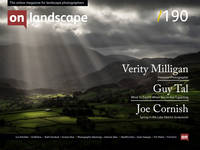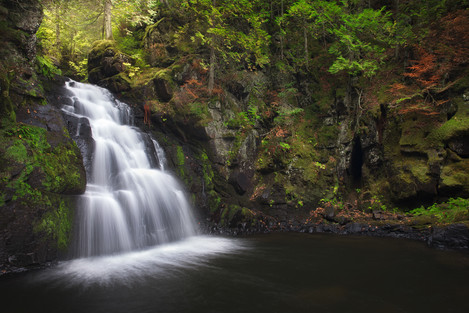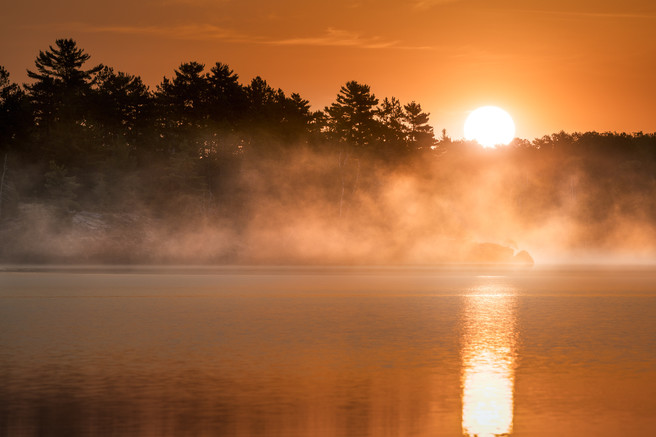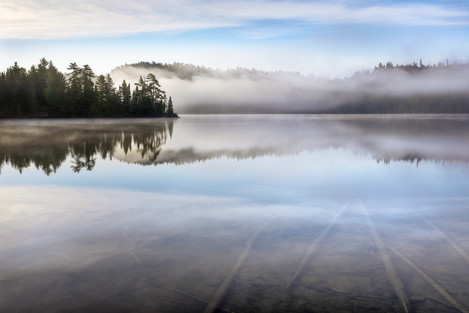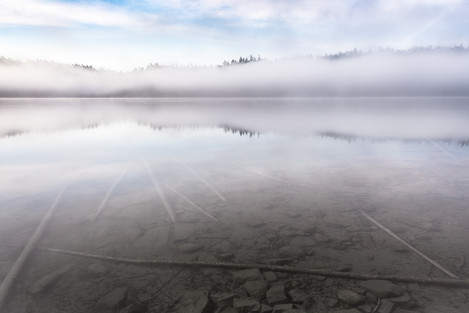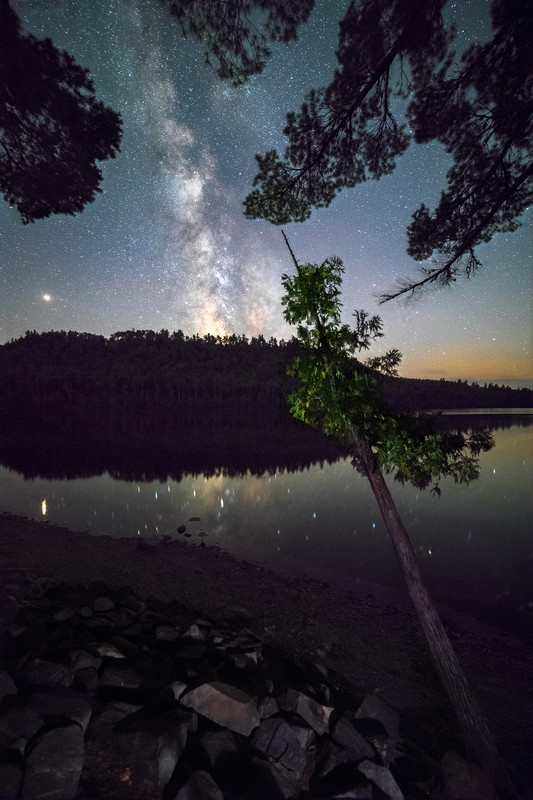Focusing on the quality of the photographic experience

Ernesto Ruiz
Ernesto Ruiz is a Minnesota-based landscape photographer. He lives in the Twin Cities with his wife, where he also practices architecture and enjoys boating, dancing, camping, and as much travel as possible. His interest in photography was born in 1994 when he bought an EOS Rebel S for a student trip to Europe. Twenty years later he bought his first full frame DSLR and recommitted himself to pursue his passion. He recently launched the Slow Photography Movement, a collaborative effort that focuses on the quality of the photographic experience, and on creating meaningful connections to place. Ernesto’s work has been published and exhibited, and he often participates in art shows in the Twin Cities (Minnesota) area.
Technology has a way of getting in the way of our appreciation for our surroundings. It can be a constant distraction, practically requiring a short attention span in order to keep up with the rapid flow of information and imagery. More often than I’d like to admit, my wife reminds me to put my phone away when I should be paying attention to the beauty – or the company – around me. This is why going to remote places, where the option to connect is not there, is a healthy practice to help us refocus our attention. While some people can put away their devices and be really present, even given the constant option to connect, the majority of us can use some help in achieving this! Seeking out even bouts of life with no signal can help us to slow down, focus on the experience, and connect better to a place. This, of course, is likely to result in more meaningful images.
I strive to practice a slow approach to photography, enough to have recently launched a collaborative effort with other photographers centred around this idea Slow Photography Movement. Hence, I like to find places that force me to disconnect. One such destination is the Boundary Waters Canoe Area Wilderness of northern Minnesota. In the BWCAW, you can lose yourself in the wilderness for days at a time, and cell signals don’t work, forcing those of us with mild (or less mild) addictions to our devices to turn them off… or better yet, to leave them behind!
Recently I spent four nights in the BWCAW, a significant accomplishment for someone who used to state, almost belligerently, that he didn’t like to “rough it.”
The BWCAW encompasses over a million acres within the Superior National Forest and includes over 1,000 lakes, 1,500 miles of canoe routes, and over 2,000 campsites. Permit at hand, you paddle in and get lost in the wilderness, alternating between canoeing through pristine waters and portaging all your gear between lakes. You have to carefully weigh the benefits of every item you are bringing in order to minimize the load you’ll bear on portages. Even so, since photography is the reason why I became amenable to this type of adventure, one camera body and a couple of lenses - plus my tripod (obviously!) - are essential parts of my expedition outfit.
The beauty of the BWCAW is in the experience as much as the landscape; everyday life quickly feels like a distant memory when you are surrounded by such peace and stillness. It makes you look around and recognize your surroundings, it forces you to be present, and it naturally encourages a slowing down of your attention to fully grasp its beauty.
Capturing this beauty, it turns out, can be challenging; the BWCAW is not about dramatic landscape elements and easily Instagramable locations. Its beauty is often in the details and in the subtle variations of natural elements that might seem very homogenous, even repetitive, at first sight, while paddling from lake to lake. My initial attempts often resulted in relatively boring captures, images which I felt failed to convey the serenity and the experience of this not-so-distant wilderness. Sometimes you need to get to know a place better, to identify what it is that makes it special to you, in order to better represent it. Then, you can say something about it through your photography.
For me, the BWCAW is about being enveloped in nature, and being observant of every variation and detail in the subtly changing landscape around you. As I’ve paddled along lakes with picturesque little islands scattered about, I’ve attempted to identify what I’m seeing and to understand what I want to capture.
Would the BWCAW be the same if cell phones worked? It would be challenging to enjoy it the same way. The lack of access to social media makes it easier to connect and foster real experiences. Still, I do bring other technology with me: my photographic gear. While I often put it away when the sun is high, I focus intensely on the photographic pursuit at times, especially at dawn and dusk. This intensity makes me wonder, am I really enjoying this moment and place? Can I truly say that I left technology behind, or am I too focused on camera settings?
Most of the time I am indeed enjoying the moment, possibly even more than if I wasn’t photographing. If it weren’t for photography, I probably wouldn’t be in the BWCAW at all! And even if I were, I wouldn’t have crawled out of my tent at 5 am to see the sunrise. Photography sends me to places I otherwise wouldn’t be, at times I once would have found surprising. So maybe, it is possible that some technology, when used carefully, can make us feel more connected to the natural world; the Boundary Waters is the perfect setting to practice reaching that delicate balance. When done shooting, the option of immediately sharing an image and engaging on social media is not there. This makes it all that much easier to put the camera away and enjoy the company of your fellow campers, sitting around the bonfire beneath a beautiful night sky. After all, the only thing better than capturing the beauty of the Boundary Waters is to experience it firsthand, quietly and without distraction.

